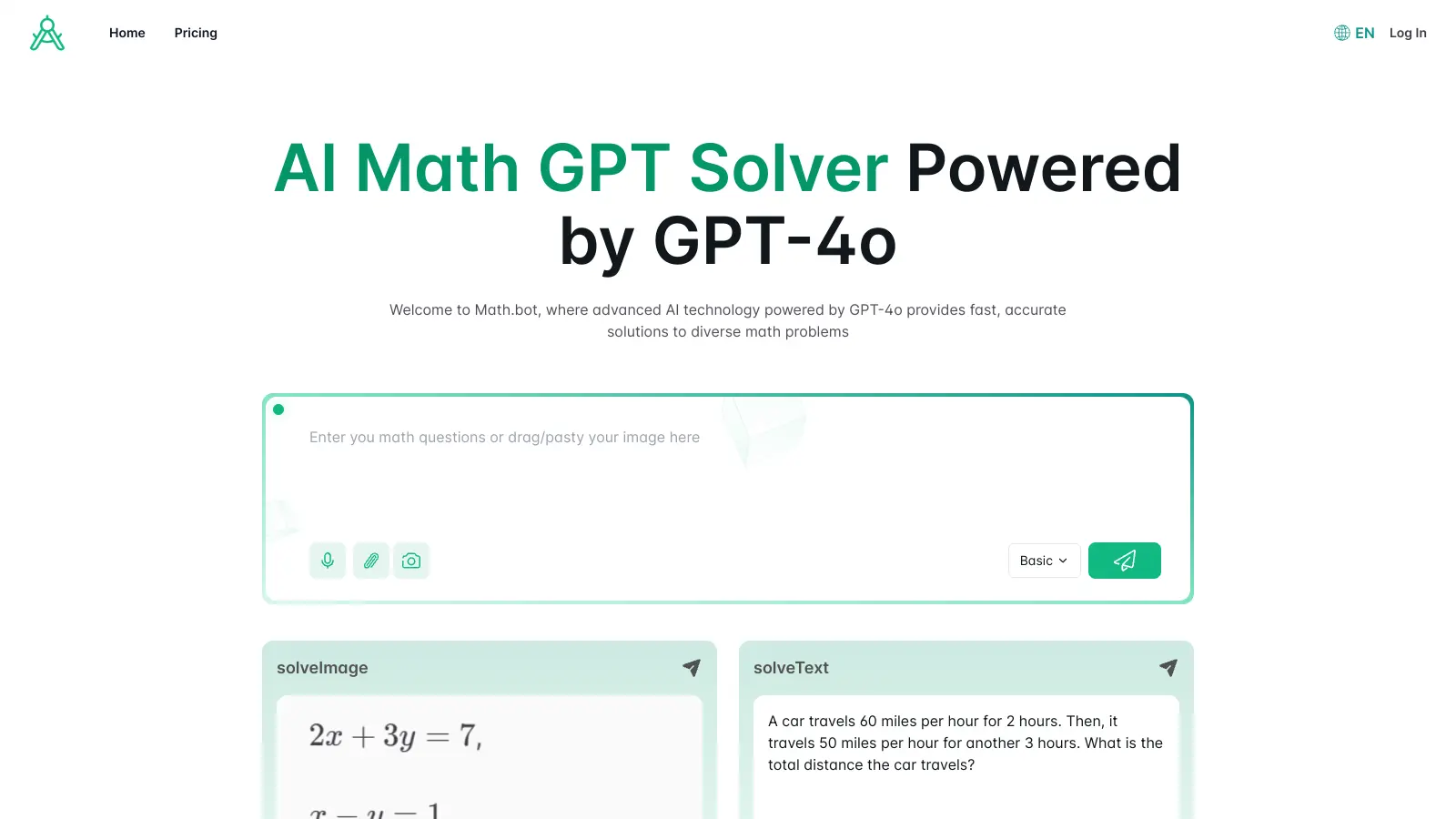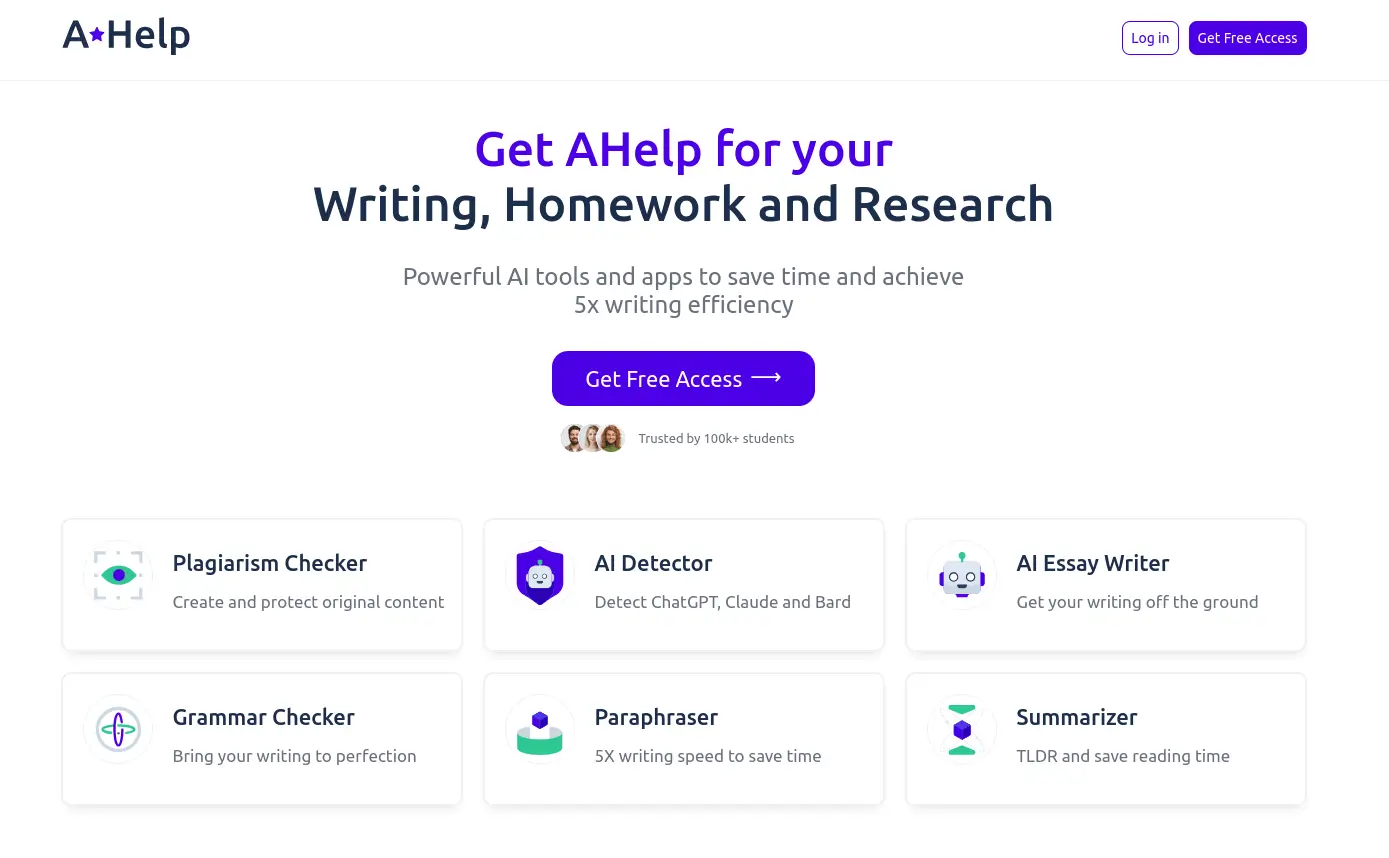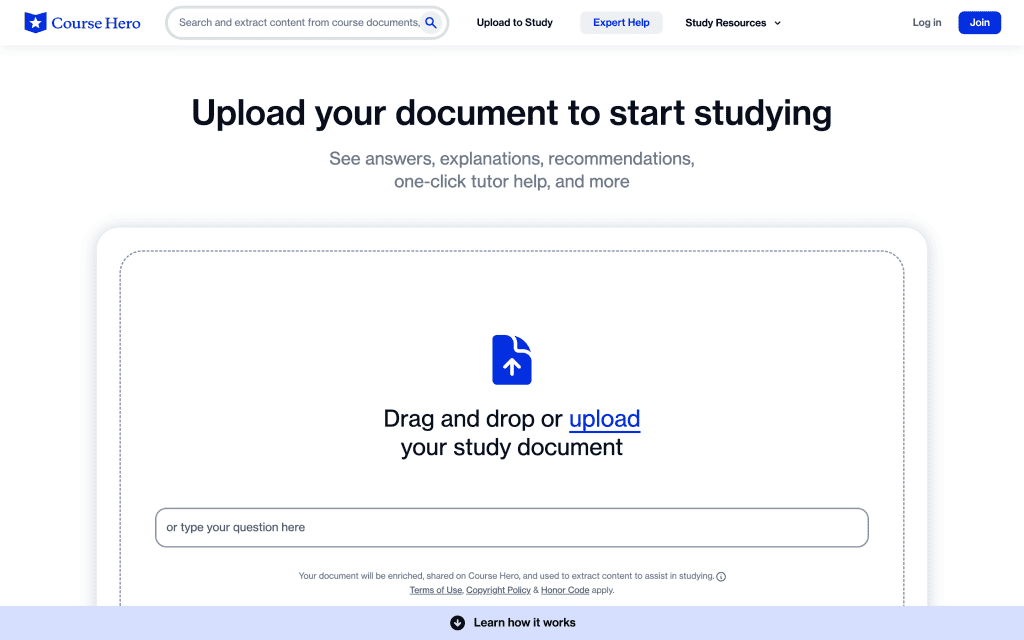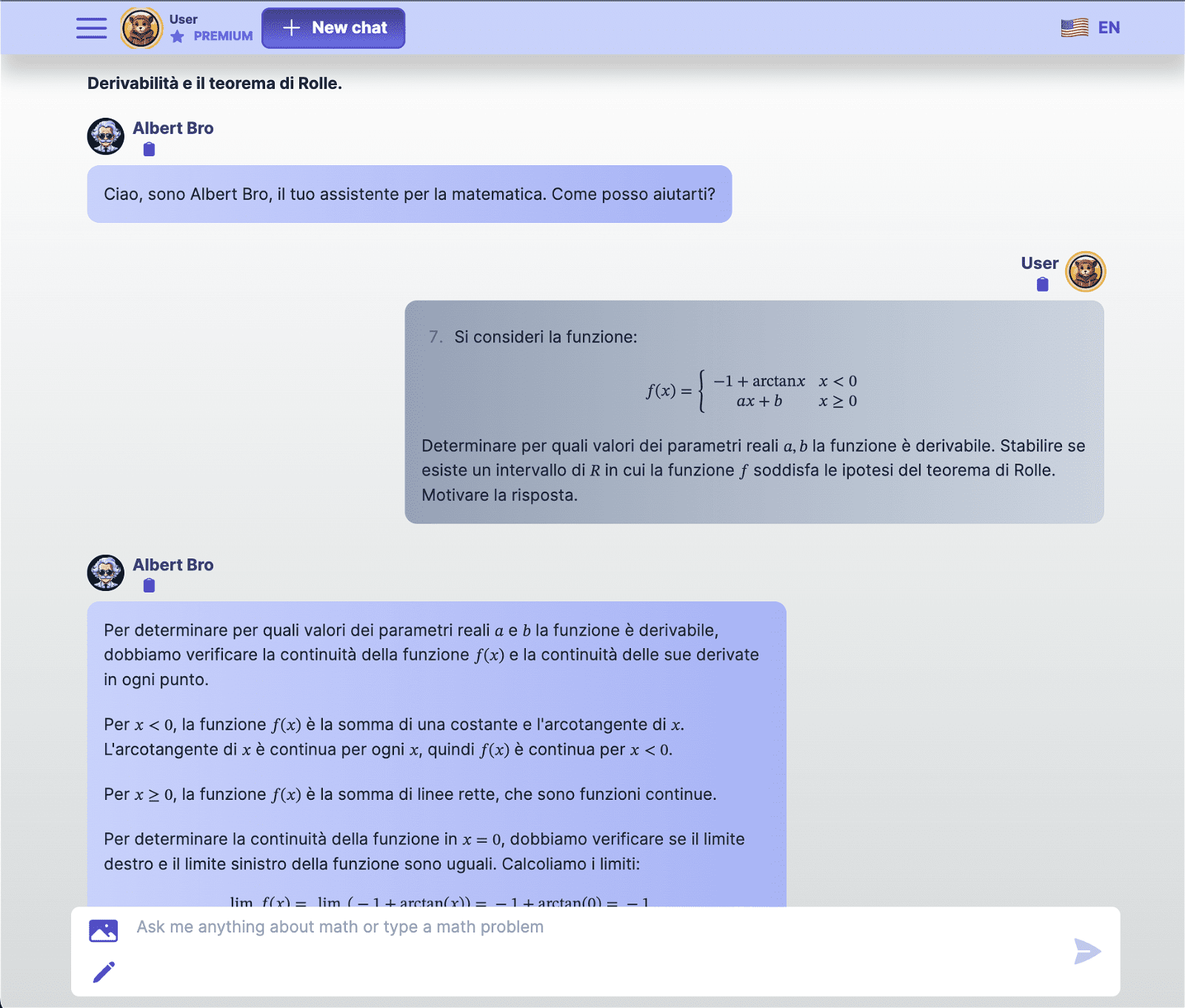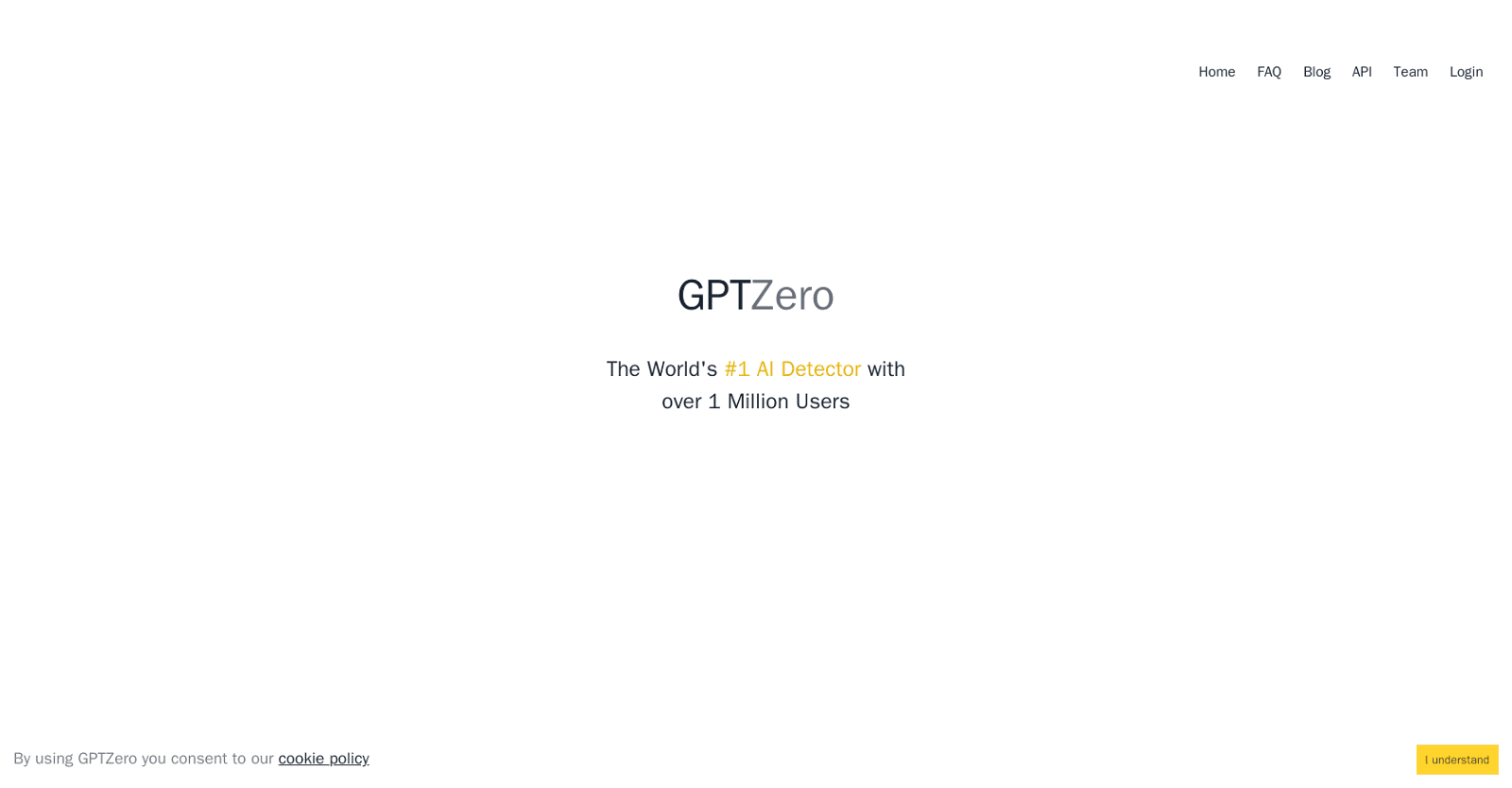Automorphic introduces Conduit, a groundbreaking tool designed to revolutionize language model enhancement by enabling the infusion of knowledge directly into models. Unlike conventional methods like prompt stuffing, Conduit offers fine-tuning capabilities for language models, allowing users to train adapters for specific behaviors or knowledge domains and dynamically combine them.
This versatile tool supports rapid iteration on models, incorporating human-in-the-loop feedback and facilitating streamlined model deployment. By continuously updating language models based on user feedback and manual labeling, Conduit ensures optimal performance and deployment efficiency.
It enables quick loading and stacking of fine-tuned adapters, ensuring compatibility with the OpenAI API for seamless integration into existing codebases. Additionally, Automorphic provides the Automorphic Hub, serving as a platform for publicly shared models trained and enhanced using their technology.
Users can access these models for inference, leveraging them to enhance their own applications. In addition to Conduit, Automorphic offers TREX, a tool designed to convert unstructured data into structured formats like JSON, XML, YAML, or any other format defined by regular expressions or context-free grammars.
TREX provides a highly customizable alternative to OpenAI’s functions, empowering users to tailor data structures to their specific needs. Furthermore, Automorphic provides Aegis, a firewall tool designed to protect language models and users from adversarial attacks.
Aegis defends against prompt injections, prompt and personal identifiable information (PII) leakage, and toxic language, continuously learning from usage to enhance its detection capabilities over time. Overall, Automorphic’s suite of tools represents a significant advancement in language model enhancement, offering users unprecedented control and flexibility in optimizing model performance and security.
More details about Automorphic
What is the purpose of the Automorphic Hub?
Models shared with the public that have been trained and standardized on Automorphic are made available for inference on the Automorphic Hub. It serves as a repository for these models, making it simple for users to access and use them.
How does Conduit enable quick loading and stacking of fine-tuned adapters?
Conduit facilitates effective data handling and processing, which makes it possible to load and stack fine-tuned adapters quickly. It frees users from worries about deployment and performance, allowing them to concentrate on improving models and offering feedback. As a result, wait times are shortened and operational effectiveness is raised.
What is Conduit and how does it improve language models?
Automorphic created the tool Conduit with the express purpose of incorporating knowledge into language models. Bypassing the drawbacks and inefficiencies of conventional prompt stuffing, it enables language models to be improved. Additionally, adapters for particular behaviors or information can be trained using Conduit and dynamically mixed. Most importantly, it facilitates quick iterations on models by allowing human-in-the-loop feedback, which speeds up model deployment. Moreover, Conduit enhances user datasets to constantly improve models, guaranteeing that they never stop improving.
How compatible is Automorphic with OpenAI API?
The seamless integration of Automorphic with the OpenAI API improves its interoperability with current codebases and enables users to utilize Automorphic’s functionalities without modifying their current code.

